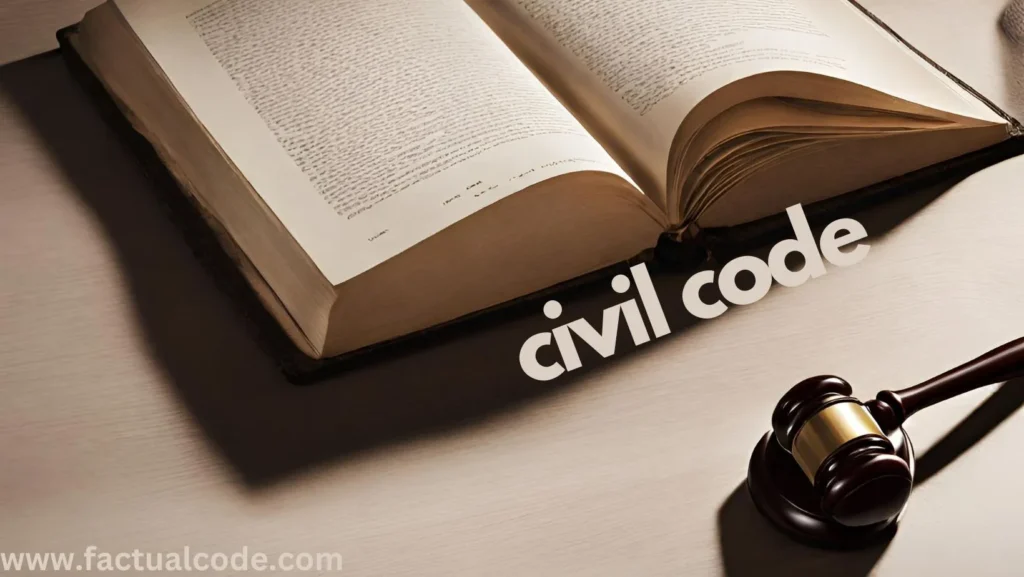Execution of money decree in a money suit entails the legal process by which a decree-holder ensures compliance with a judicial determination against a judgment-debtor. Governed primarily by Order XXI of the Code of Civil Procedure, 1908 (CPC), execution proceedings seek to enforce monetary decrees while balancing efficiency, procedural fairness, and judicial oversight. Courts employ various mechanisms contingent upon the financial standing, asset portfolio, and liquidity of the judgment-debtor to effectuate decree satisfaction.
Modes of Execution of a Decree in a Money Suit
1. Attachment and Sale of Property (Order XXI, Rules 41-54, CPC)
A decree-holder may petition for an attachment order to prevent the judgment-debtor from alienating or disposing of their assets, whether movable or immovable. Subsequent judicial sale of such assets facilitates decree satisfaction.
Procedural Safeguards:
Issuance of prohibitory orders restricting asset transfer.
Public auction to ensure transparency and fair valuation.
Appropriation of proceeds to fulfill the decree.
Judicial Precedent:
Koman Naicker v. Kunhan Menon (1964 AIR 27 SC)
– The Supreme Court underscored the necessity of strict adherence to procedural safeguards in attachment and sale proceedings to prevent arbitrary deprivation of property rights.
2. Arrest and Detention of Judgment-Debtor (Order XXI, Rules 37-40 & Section 58, CPC)
In cases where a judgment-debtor, despite possessing sufficient means, willfully defaults on payment, the court may order their civil detention.
Judicial Safeguards:
Prior issuance of a show-cause notice before arrest.
Maximum detention of three months for amounts exceeding ₹5,000 (Section 58(1)(a), CPC).
Debt obligation persists post-detention.
Landmark Ruling:
Jolly George Verghese & Anr v. The Bank of Cochin (1980 AIR 470 SC)
– The Supreme Court held that detention for non-payment must conform to Article 11 of the International Covenant on Civil and Political Rights (ICCPR) and constitutional principles, ensuring that incarceration serves an enforcement rather than punitive function.
3. Appointment of a Receiver (Order XL, Rule 1, CPC)
Where a judgment-debtor possesses income-generating assets, the court may appoint a receiver to administer and channel revenues toward decree satisfaction.
Judicial Interpretation:
B. Gangadhar v. B.G. Rajalingam (1995 AIR 2365 SC)
– The Supreme Court affirmed the efficacy of appointing receivers, particularly when direct execution is impractical or when there exists a risk of asset dissipation.
4. Garnishee Proceedings (Order XXI, Rules 46-46A, CPC)
This mechanism enables the decree-holder to recover funds directly from third parties, such as banks or employers, who owe money to or hold funds on behalf of the judgment-debtor.
Illustrative Case:
United Commercial Bank v. Bank of India (1981 AIR 1426, SC)
– the Supreme Court clarified the scope of garnishee proceedings, emphasizing that a garnishee order under Order XXI, Rule 46 of CPC can only attach debts that are presently due and not contingent or future debts. The Court held that banks cannot be treated as garnishees unless there is an existing obligation to pay the judgment-debtor at the time of attachment.
5. Payment of Decretal Amount in Installments (Section 47, CPC)
A judgment-debtor may seek permission to satisfy the decree through installment payments, subject to judicial discretion and financial assessment.
Judicial Perspective:
Brakewel Automotive Components v. P.R. Selvam Alagappan (2017 AIR 336 SC)
– The Supreme Court mandated that courts consider the financial hardship of the debtor before granting installment-based execution to maintain a balance between creditor recovery and debtor protection.
6. Execution Against Salary (Order XXI, Rule 48, CPC)
For salaried judgment-debtors, courts may direct a portion of their wages to be attached for decree satisfaction.
Legal Safeguards:
Section 60(1)(i) of the CPC provides exemptions for certain classes of employees, ensuring minimal disruption to subsistence wages.
Relevant Case Law:
Shaik Noorjahan v. M. Rajeswari (2010)
– The court ruled that salary attachment is limited to 24 months under the proviso to Section 60(1), preventing indefinite financial distress.
7. Execution Against Shares or Debentures (Order XXI, Rule 46, CPC)
If a judgment-debtor holds corporate assets such as shares or debentures, these may be attached and liquidated for decree enforcement.
Judicial Interpretation:
Kanhailal Badridas vs Ismailbhai Kasambhai on 8 July, 1926
– This case supports the statement as it clarifies the attachment of shares for the enforcement of a decree. The Supreme Court ruled that shares, even when not physically in the debtor’s possession, can be attached and sold. The court held that shares are a form of property that can be attached for satisfying the decree, even if they are merely registered in the company’s records.
8. Execution Against Business Income
When the judgment-debtor operates a business, courts may order that a portion of the revenue be directed toward decree satisfaction.
Relevant Ruling:
Shriram Chits Private Ltd. v. V. Govinda Swamy (2015 AIR 899 SC)
– The Supreme Court recognized that courts have discretionary authority to appropriate business income when alternative execution methods prove ineffective.
9. Execution Against Negotiable Instruments (Order XXI, Rule 51, CPC)
Negotiable instruments, including promissory notes, bills of exchange, and cheques held by the debtor, may be attached and liquidated for decree satisfaction.
Judicial Precedent:
Seth Banarsi Das Gupta v. Cane Commissioner, U.P. (1957 AIR 188 SC)
– The Supreme Court upheld negotiable instrument attachment as a legitimate execution method, emphasizing the necessity of accurate valuation before liquidation.
Conclusion
The execution of a decree in a money suit necessitates a strategic selection of legally sanctioned enforcement mechanisms to ensure efficient recovery while safeguarding procedural fairness. The CPC provides a diverse array of execution methods, allowing courts to tailor enforcement strategies to case-specific circumstances. Judicial precedents reinforce protective safeguards to uphold a balanced approach, ensuring that execution proceedings remain both effective and equitable.
Recommended Posts
References- THE CODE OF CIVIL PROCEDURE, 1908 indiankanoon.org indiankanoon.org indiankanoon.org indiankanoon.org indiankanoon.org indiankanoon.org indiankanoon.org www.casemine.com www.advocatekhoj.com indiankanoon.org lawrato.com International Covenant on Civil and Political Rights lawwire.in www.indiacode.nic.in www.indiacode.nic.in

